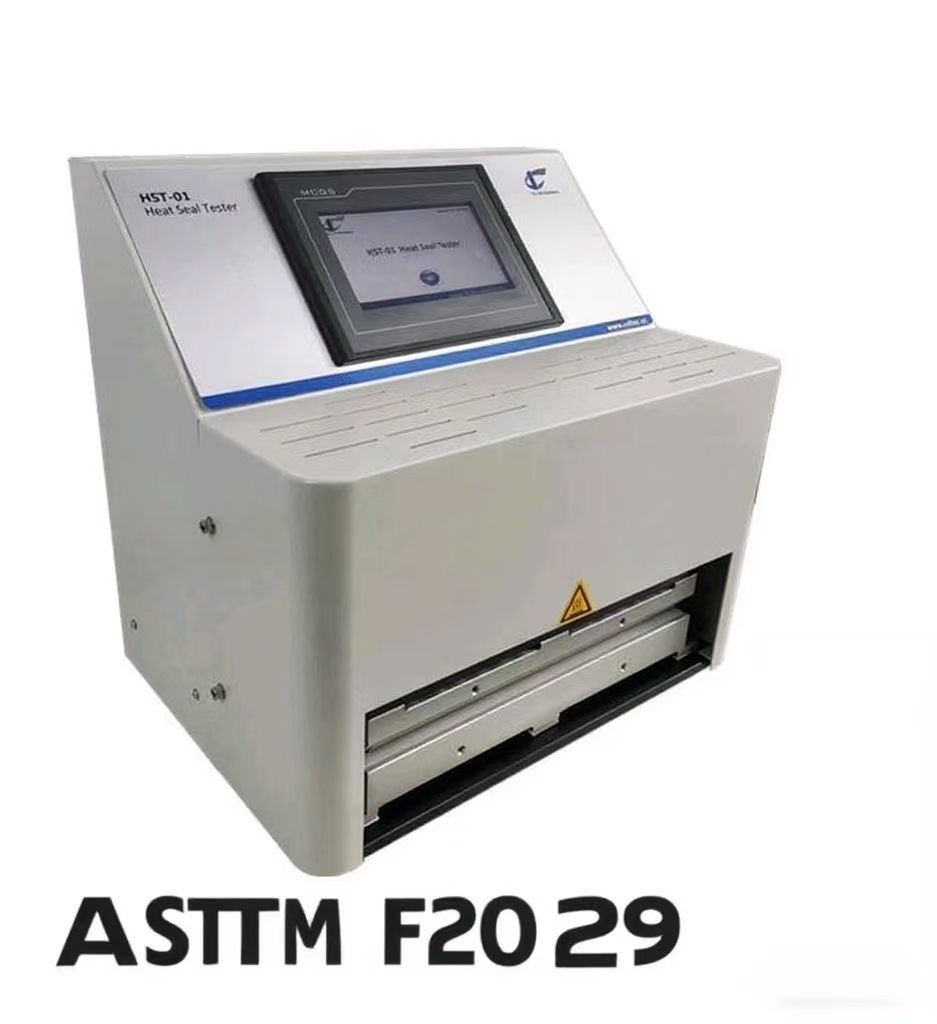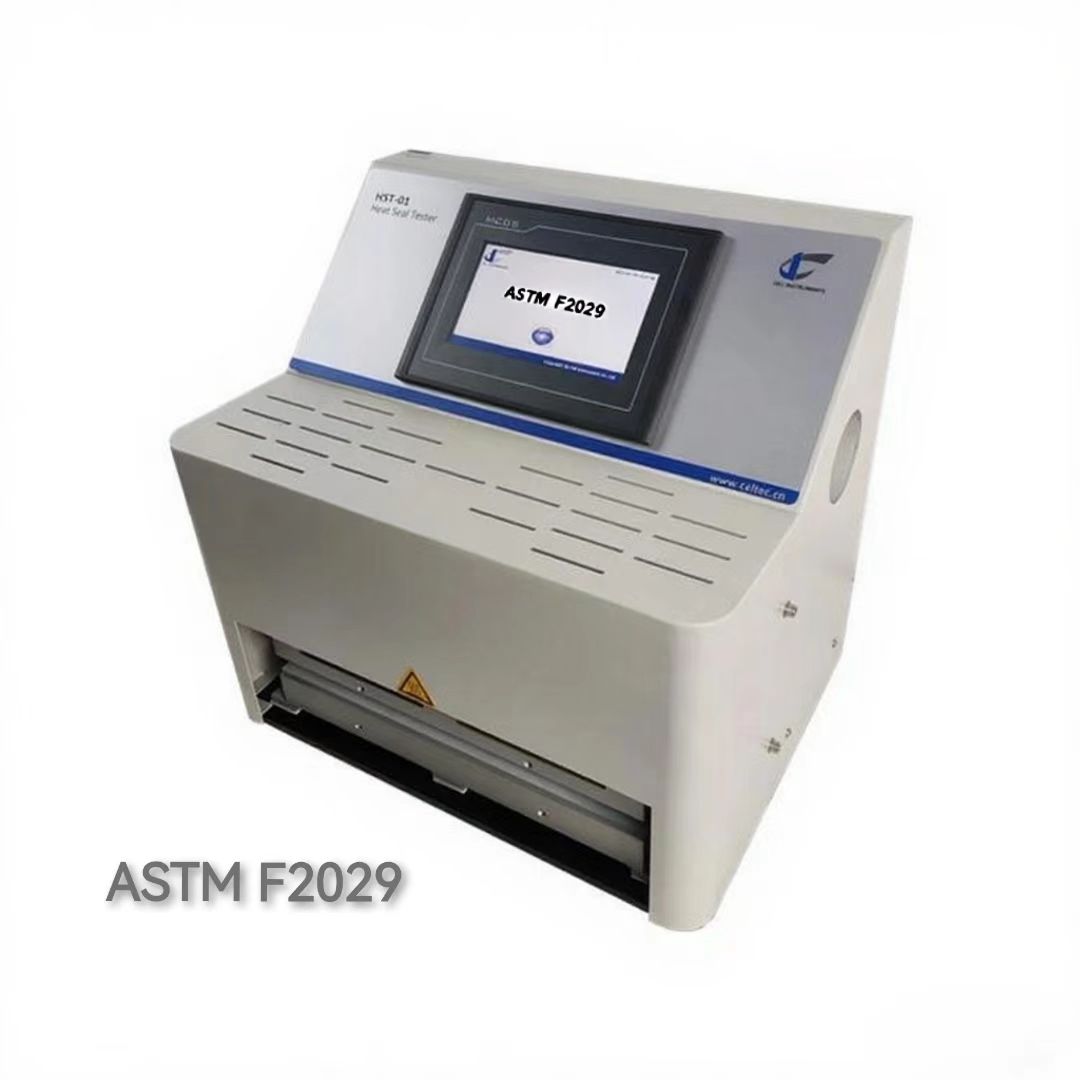Dry food sachets are commonly used for packaging a wide range of food products, offering convenience, portability, and protection. Ensuring the integrity of these packages is crucial to preserve the food’s quality and safety. One of the critical factors in ensuring the quality of dry food sachets is heat seal integrity. In this article, we will explore the importance of heat seal integrity testing, the ASTM F2029 standard, and how the Laboratory Heat Sealer helps maintain reliable sealing for food packaging.
What is Heat Seal Integrity Testing?
Heat seal integrity testing is used to evaluate the strength and durability of the seals in flexible packaging materials. The process involves sealing thermoplastic materials, such as films, using heat and pressure. A strong, consistent seal is essential for maintaining the contents of the package and ensuring that the product remains safe and fresh throughout its shelf life.
In dry food sachets, the heat seal ensures that the packaging is airtight and impermeable to moisture, oxygen, and contaminants, preserving the product’s freshness and extending its shelf life. A faulty seal could compromise the food’s safety, leading to contamination, spoilage, or a loss of quality.
ASTM F2029 Standard: Heat Seal Strength Testing
The ASTM F2029 standard outlines the best practices for determining the heat sealability of flexible barrier materials through testing the seal strength. The standard is designed to ensure that packaging materials, like dry food sachets, can withstand the rigors of transportation and storage while protecting their contents from external elements.
The ASTM F2029-16(2021) standard specifies the method for evaluating heat seals, including the essential parameters of time, temperature, and pressure. These parameters play a crucial role in achieving an effective seal. The heat seal tester used in laboratory settings recreates the sealing process by carefully controlling these variables to simulate real-world sealing conditions.
Heat Seal Integrity Testing: The Role of the Laboratory Heat Sealer
A Laboratory Heat Sealer is used in testing the heat seal strength of flexible materials, such as the films used in dry food sachets. By simulating the heat sealing process, the sealer assesses the film’s ability to form a strong, durable seal. The HST-01 Heat Seal Tester from Cell Instruments, for example, offers precise control over time, temperature, and pressure—critical elements for reliable testing.
Key Features of the Heat Seal Tester:
PLC Control and HMI Touch Screen: The heat seal tester is controlled by a PLC system, ensuring industrial-grade stability. The HMI touch screen allows easy operation and precise control over testing parameters.
Aluminum Construction: Both the upper and lower components of the heat sealer are made from aluminum and heated, ensuring minimal heat loss and consistent temperature during sealing.
PID Temperature Controller: The tester uses a first-class P.I.D. temperature controller to regulate the temperature precisely, ensuring efficient heating and accurate testing conditions.
Accurate Timing: Timing is a crucial factor in heat sealing. The HST-01 Heat Seal Tester ensures precise timing to control the duration of heat application for optimal results.
Test Flexibility: The heat seal tester can test a variety of materials, including films, laminates, polymers, and composites, ensuring versatility in testing.
How to Perform Heat Seal Integrity Testing
To perform heat seal integrity testing using a Laboratory Heat Sealer, follow these general steps:
- Prepare the Test Sample: Cut the material to the required dimensions for testing. In the case of dry food sachets, this will typically involve preparing a section of the film that represents the final package.
- Set Up the Heat Sealer: Ensure the heat sealer is properly calibrated, and set the desired temperature, time, and pressure based on the material being tested.
- Seal the Sample: Place the test sample in the heat sealer, apply heat and pressure, and activate the machine to form the seal.
- Test the Seal Strength: After the seal is formed, perform a seal strength test to measure the force required to break the seal. This test will help assess whether the seal can withstand the conditions the package will face in transit and storage.
- Analyze the Results: Evaluate the results based on the ASTM F2029 standard. A successful test will demonstrate a strong, consistent seal that holds up under pressure and environmental conditions.
Why Heat Seal Integrity is Critical for Dry Food Sachets
For dry food sachets, ensuring the integrity of the heat seal is vital to prevent leaks, contamination, or spoilage. A compromised seal can lead to several issues, including:
- Product Contamination: If the seal fails, the food inside may become exposed to air, moisture, or bacteria, which can lead to contamination.
- Loss of Freshness: Proper sealing ensures that the food remains fresh by preventing the entry of oxygen and moisture, which can accelerate the degradation of food.
- Shelf Life: A strong heat seal is essential for extending the shelf life of dry food sachets by providing an airtight and moisture-resistant barrier.
Conclusion
Heat seal integrity testing is an essential process for ensuring the reliability and safety of packaging materials, particularly for products like dry food sachets. By following standards like ASTM F2029, manufacturers can ensure that their packaging meets the necessary quality and durability requirements. The HST-01 Heat Seal Tester from Cell Instruments is an ideal solution for accurately testing heat seals, providing manufacturers with the tools they need to produce reliable, high-quality food packaging.


